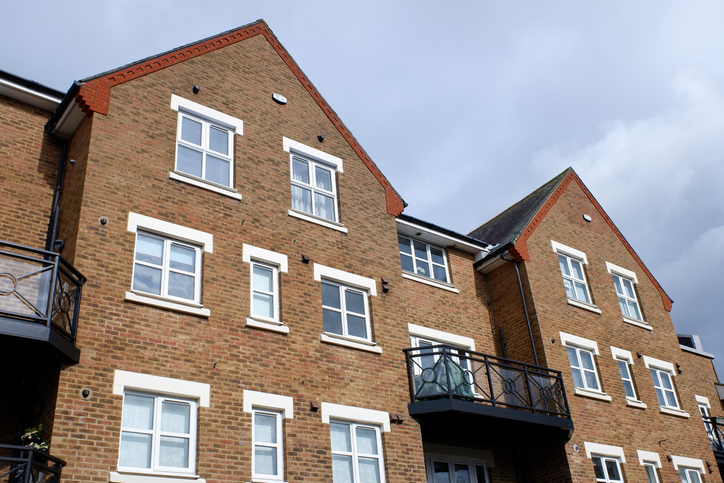
The Freehold and Leasehold Reform Bill, recently enacted as the Leasehold and Freehold Reform Act 2024, brings significant changes to the landscape of leasehold properties in the UK.
What Are Leasehold Properties?
Leasehold properties are homes where the owner has the right to live in the property for a specified period, as outlined in the lease agreement. Unlike freehold properties, where the owner has outright ownership of the property and the land it stands on, leasehold ownership is limited to the duration of the lease. Common examples of leasehold properties include flats and apartments.
Limitations of Leasehold Properties
Leasehold properties come with several limitations:
- Lease Duration: The lease term can vary, typically ranging from 99 to 125 years, but can be shorter. As the lease term decreases, the property value can diminish, and it may become harder to sell or mortgage.
- Service Charges: Leaseholders often pay service charges for the maintenance of communal areas and services. These charges can be substantial and sometimes lack transparency.
- Ground Rent: Some leaseholders are required to pay ground rent to the freeholder. Recent reforms aim to eliminate escalating ground rents.
- Restrictions: Lease agreements may impose restrictions on alterations, subletting, and other activities.
The Leasehold and Freehold Reform Bill
The Leasehold and Freehold Reform Act 2024 introduces several key changes aimed at improving the rights and protections of leaseholders:
- Extended Lease Terms: The standard lease extension term has been increased to 990 years for both houses and flats, providing leaseholders with greater security and reducing the need for future extensions.
- Easier and Cheaper Freehold Purchase: The Act makes it easier and cheaper for leaseholders to buy their freehold, removing barriers such as the requirement to have owned the property for two years before purchasing the freehold.
- Transparency in Service Charges: The Act mandates that service charges be issued in a standardised format, making them easier to scrutinise and challenge.
- Right to Manage: More leaseholders in mixed-use buildings can now exercise their Right to Manage, with the threshold for non-residential areas increased from 25% to 50%.
- Ban on New Leasehold Houses: The sale of new leasehold houses is banned, except in exceptional circumstances.
Leasehold Conveyancing Process
The leasehold conveyancing process involves several steps to ensure the legal transfer of property ownership from the seller to the buyer. Here’s a brief overview:
- Initial Enquiries: The buyer’s solicitor sends initial enquiries to the seller’s solicitor, including questions about the lease, service charges, ground rent, and any planned works.
- Lease Review: The buyer’s solicitor reviews the lease agreement to understand the terms and any restrictions.
- Searches and Checks: Various searches are conducted, including local authority searches, environmental searches, and checks on the freeholder’s management.
- Contract Drafting: The contract for sale is drafted, incorporating the terms of the lease and any agreed conditions.
- Exchange of Contracts: Once both parties are satisfied, contracts are exchanged, and the buyer pays a deposit.
- Completion: On the completion date, the remaining balance is paid, and the buyer takes possession of the property.
Conclusion
The Leasehold and Freehold Reform Bill marks a significant step towards improving the rights and protections of leaseholders. By extending lease terms, making freehold purchases easier, and increasing transparency in service charges, the Act aims to address many of the limitations associated with leasehold properties. Understanding the leasehold conveyancing process is crucial for anyone considering buying or selling a leasehold property.
For more detailed information on the Leasehold and Freehold Reform Act 2024, you can visit the official GOV.UK page.
The content of our site is provided for general information purposes only and does not constitute legal or other professional advice.
